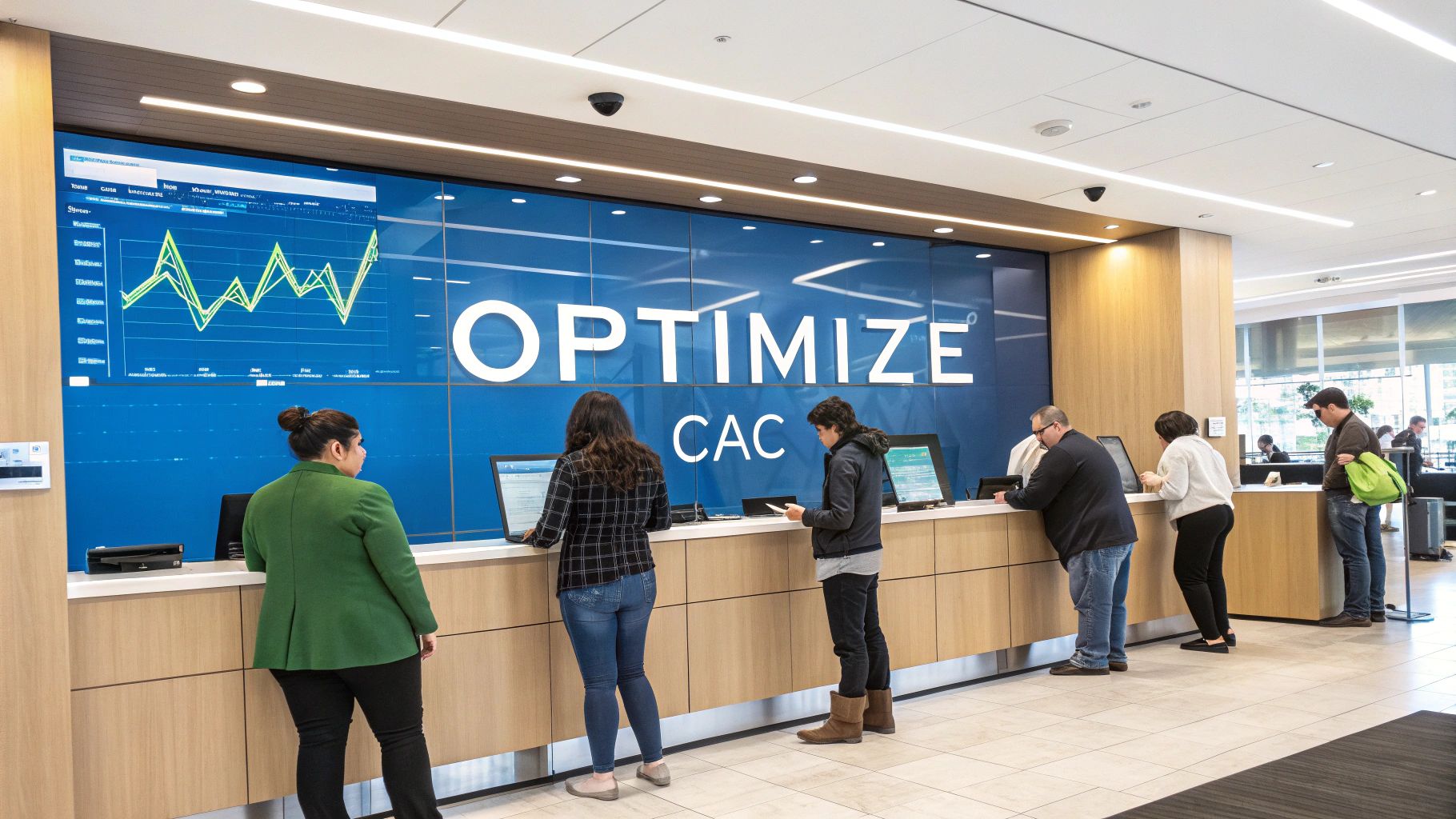Credit Unions Banks Pursuing Growth & Opportunity
Banks
By: Ken Chase.
Estimated reading time: 3 minutes
One of the more interesting financial industry trends in recent years has been the phenomenon of credit unions acquiring community banks. With different governance structures and ownership requirements, many might see a match between a credit union and bank as something considerably less than ideal. For a variety of reasons, however, this acquisition trend has become more commonplace in the last few years.
A need for growth
One of the most obvious reasons for any merger or acquisition is the need to expand and grow a business. For the average credit union, the ability to meet that need is generally met through focused, organic growth that relies on investing in new branches, or advertising to generate new member customers. Unfortunately, new branch openings are inherently risky, and new customer acquisition programs come with no guarantee of success.
As the St. Louis Federal Reserve noted several years ago, the other option for some credit unions is to expand through acquisition. In the past, that has typically meant one credit union purchasing another. More recently, though, those acquisitions have increasingly involved credit unions purchasing banks. Ten years ago, only one such acquisition occurred. In 2019, there were 21 of those acquisitions. Another 16 took place in 2020, and 13 in 2021. According to some experts, a similar or greater number of these acquisitions could be undertaken in 2022.
Why are credit unions acquiring banks?
To understand this M&A trend, it is important to grasp the reasons motivating credit union acquisitions of banks. For some, the acquisition of an existing community bank can be one of the fastest ways to increase their business lending. Acquiring that business lending activity also offers another way for any credit union to deepen its relationship with the community it serves, while providing greater access to capital and gaining the bank’s staff expertise.
The potential benefits for the acquiring credit unions are straightforward and easy to understand. But what about the banks who agree to sell to these credit unions? As it turns out, there are a variety of reasons why small banks might accept such offers. Data suggests that the purchased banks hold assets well below $500 million. Many of those banks are already struggling due to their small size and can often benefit from the acquisition by maintaining operations under the ownership of a similarly community-focused financial entity.
Resistance from the banking sector and others
Of course, not everyone is in favor of these acquisitions. One of the most outspoken critics of credit union acquisitions of small banks is the Independent Community Bankers of America, the leading trade group for community banks in the United States. The ICBA has been urging regulators to close loopholes or increase scrutiny of how credit unions are achieving these acquisitions.
For its part, the National Credit Union Administration has effectively dismissed any suggestion that these acquisitions are problematic, noting that they are voluntary and market-driven transactions that are permissible under the terms of the Federal Credit Union Act.
Similar Articles

Brian's Banking Blog
Decoding Credit Union Asset Size for Banks

Brian's Banking Blog
Analysis of the Largest Credit Unions: Strategic Insights for 2025

Brian's Banking Blog
Automation in Banks: A Strategic Growth Imperative

Brian's Banking Blog
Mastering Bank Customer Acquisition Cost: A Strategic Guide for Executives

Brian's Banking Blog
A Guide to Mergers and Acquisitions in Banking

Brian's Banking Blog
Mastering Operations in the Banking Industry for Strategic Advantage

Brian's Banking Blog
Key Trends in the Banking Industry for Bank Executives

Brian's Banking Blog
How to Conduct Market Research for Your Bank

Brian's Banking Blog
8 Historic Banks That Merged: Lessons for Today's Executive

Brian's Banking Blog